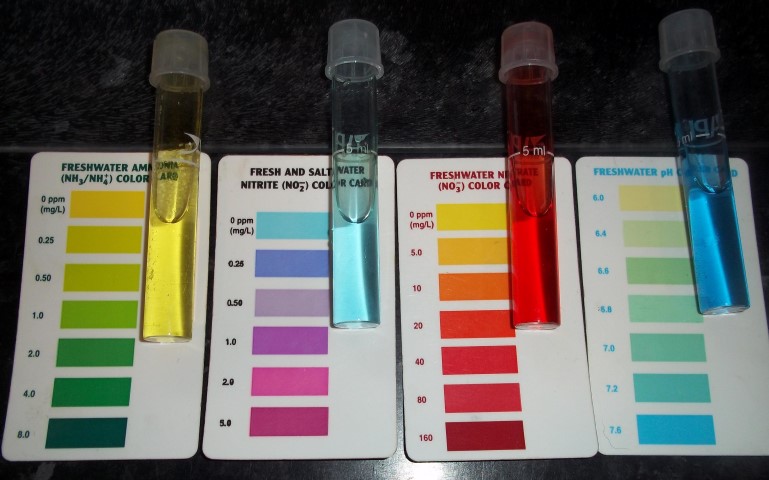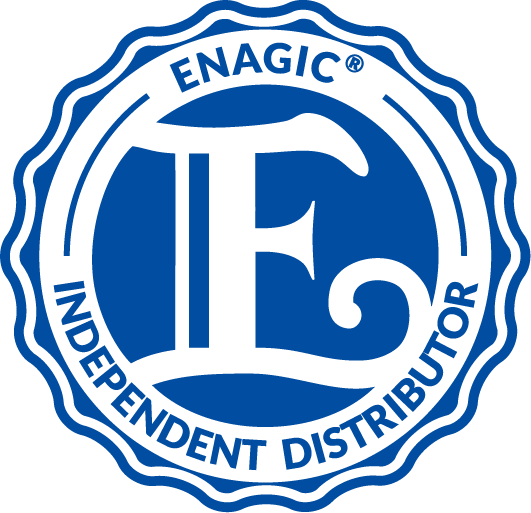Drinking water is generally known to us is either Tap Water or Bottled Water and both of these are easily available at the present time. Well, we are here to explain you with more details on drinking water.
What do we know about drinking water?
Drinking water is a water which should be clean, have minerals and should be soft. We always like to drink tap water from any metro city or bottled water which is available in any store. We never check whether that water is clean, safe and healthy. We just buy the water and drink. Many people have RO machine which cleans the water and provide us mineral water. Well, we never verify that water is GOOD or BAD.
Drinking Water
Actually, we should compare the drinking water with several tests to prove whether it is GOOD or BAD. We are living in a scientific world using smartphone as a daily necessity. We always compare smartphone’s technically and buy according to the best need.
Scientific Test proves the water is GOOD only when it is less acidic and more alkaline. We show here below with the chart showing PH Scale of the water with different types of water we drink. 
pH is measured on a scale of 0 to 14. A pH of 0 is extremely acidic and a pH of 14 is extremely basic. If something is acidic that means that it has a lot of Hydrogen (H+) ions associated with it. If it’s basic (alkaline) it has Hydroxyl (OH-) ions in a greater amount. A pH of 7 is neutral which means, that the H+ ions and OH- ions are in equilibrium. So, when they are in equal amounts, guess what you get? H+ + OH- = H2O. The pH of tomato juice is 4, Milk of Magnesia is 10 and blood is generally about 7.4. According to the EPA, the Secondary Maximum Contaminant Level (SMCL) for water should range between 6.5 – 8.5.
KANGEN WATER IS ALSO KNOWN AS HEALTHY WATER.
Drinking water, also known as potable water or improved drinking water, is water safe enough for drinking and food preparation. Globally, in 2012, 89% of people had access to water suitable for drinking.Nearly 4 billion had access to tap water while another 2.3 billion had access to wells or public taps.1.8 billion people still use an unsafe drinking water source which may be contaminated by feces.This can result in infectious diarrhea such as cholera and typhoid among others.
Water is essential for life. The amount of drinking water required is variable. It depends on physical activity, age, health issues, and environmental conditions.It is estimated that the average American drinks about one liter of water a day with 95% drinking less than three liters per day.For those working in a hot climate, up to 16 liters a day may be required.Water makes up about 60% of weight in men and 55% of weight in women.Infants are about 70% to 80% water while the elderly are around 45%.
Typically in developed countries, tap water meets drinking water quality standards, even though only a small proportion is actually consumed or used in food preparation. Other typical uses include washing, toilets, and irrigation. Greywater may also be used for toilets or irrigation. Its use for irrigation, however, may be associated with risks. Water may also be unacceptable due to levels of toxins or suspended solids. Reduction of waterborne diseases and development of safe water resources is a major public health goal in developing countries. Bottled water is sold for public consumption in most parts of the world. The word potable came into English from the Late Latin potabilis, meaning drinkable.
Click, Like, Share and Follow our links
